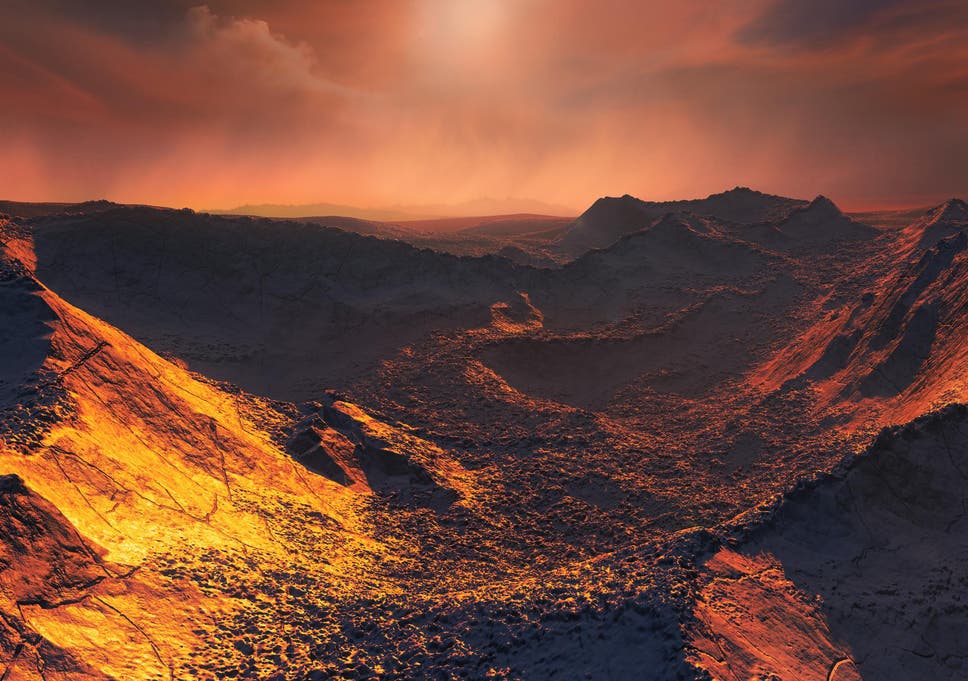In a study published on 15th Nov in the British journal Nature, a team of astronomers has discovered evidence about the presence of a “Super-Earth” somewhere near the snow line of Bernard’s star-a red dwarf star located six light-years away.
Super-Earths are planets three times the mass of earth but are not big enough like Neptune & Uranus. The exoplanet receives only 2 percent of the energy that the Earth gets from the sun due to which the temperature on this frozen, dimly lit planet is around -238 degree C making it inhabitable. The study says that the exoplanet takes 233 Earth days to orbit around Bernard’s star.

Source- The Independant
In the 1970s many shreds of evidence for an exoplanet orbiting Bernard’s star were dismissed. A statement by Ignasi Ribas, lead scientist for the study, Spain’s Institute of Space Sciences says that they have run a very careful and exhaustive analysis and are highly confident about the existence of this exoplanet. He further says that the study assembled observations from seven different instruments in the past 20 years of measurements.
Rodrigo Díaz, an astronomer at the University of Buenos Aires in Argentina said in an article that Super Earth will help the scientists to explore possibilities of other planetary observations. This discovery marks another planet found close to a nearby star (the first being found around Proxima Centauri in 2016), bolstering the idea that our galaxy might be covered in planets.
Source- USA Today









